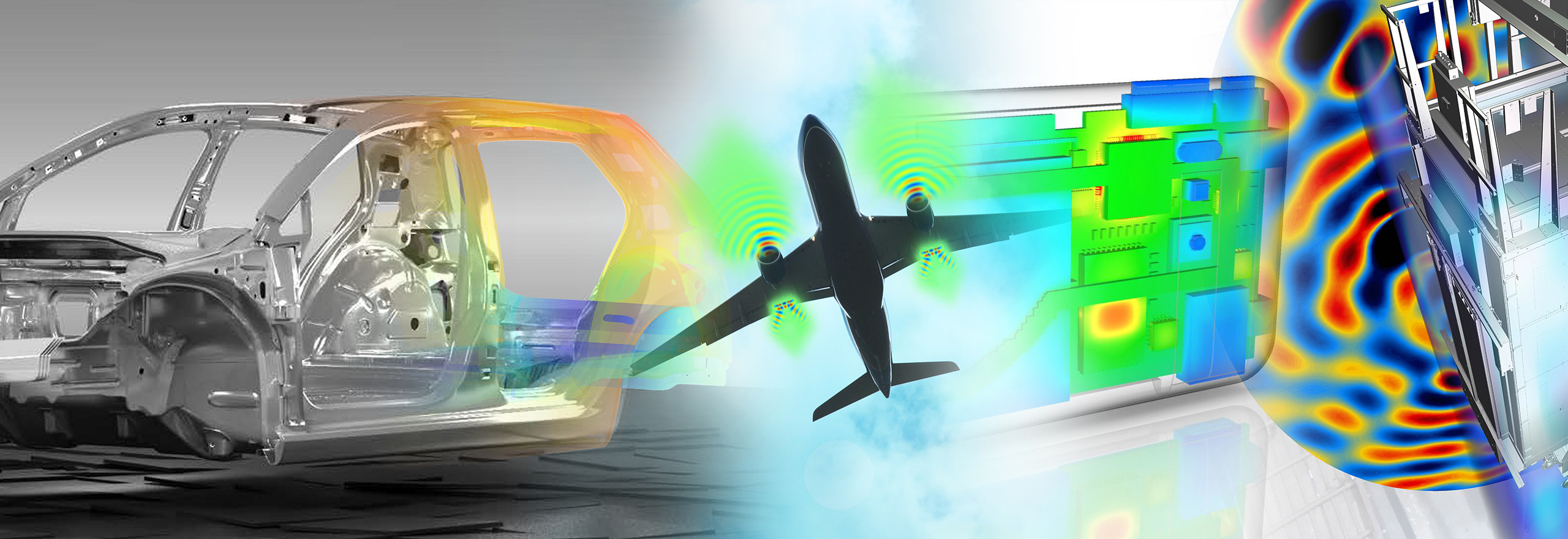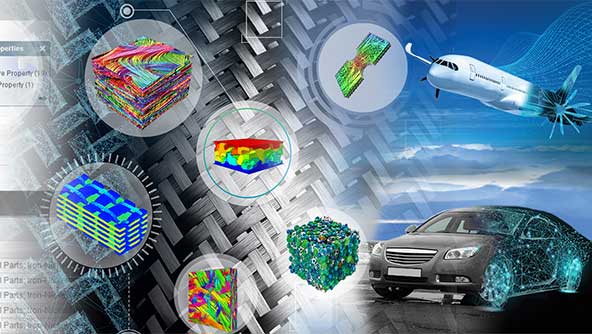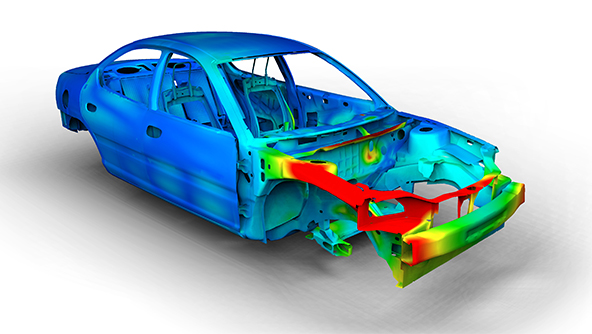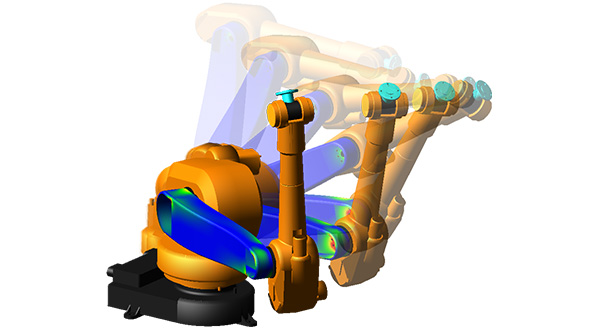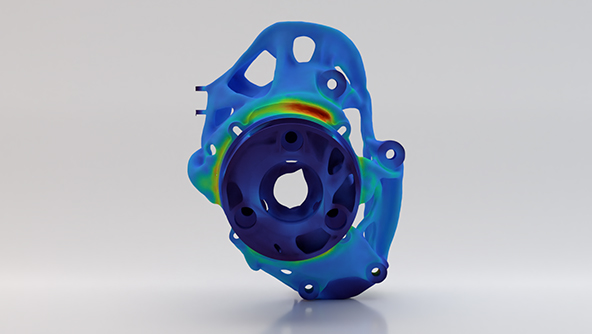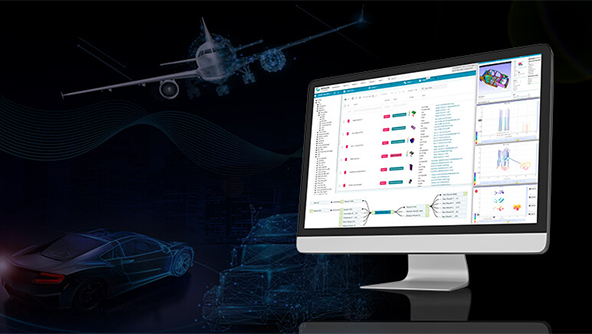Computer Aided Engineering software (CAE software)
Hexagon Manufacturing Intelligence’s computer-aided engineering (CAE) software solutions enable designers, engineers and analysts to simulate product and process performance in finite element analysis (FEA), computational fluid dynamics (CFD) and multi-body dynamics (MBD), as well as providing cost estimation and design optimisation tools.
